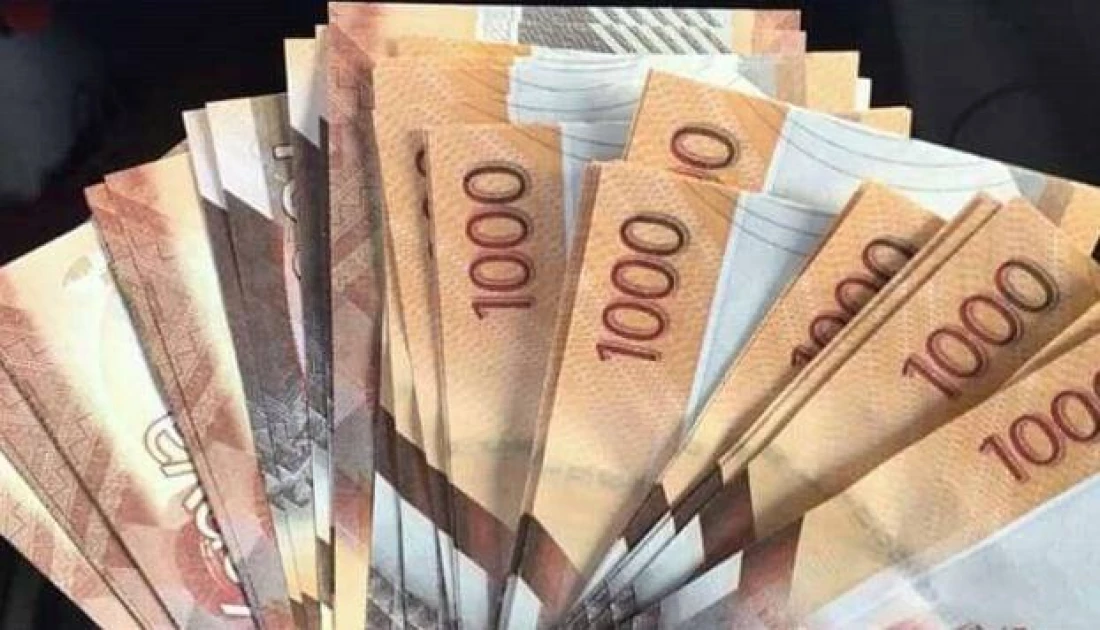How the flagging Shilling affects all Kenyans

Bob says that in turn, his business is struggling with rent payment for their premises as well as catering for the wages of the staff who work with them. Being that Bob works and sells clothes in mainly non-formal areas, he has noticed his business struggle to sell despite employing many marketing gimmicks and giving offers that make his goods really affordable, nothing seems to be working!
During the period of 15th March 2022 to April 2022, the cost of fuel in Nairobi was Ksh134.72 for petrol, Ksh115.6 for diesel, and Ksh103.54 for kerosene. Exactly a year down the line and households in Nairobi are grappling with Ksh179.32 for petrol, Ksh162.0 for diesel, and Ksh145.94 for kerosene, as a result of a combination of many economic factors. Lately, however, this is mainly due to the Kenya Shilling which is sliding down the depreciation path against major currencies. Today, the media reported the Kenya Shilling selling at over 145 to a unit of the dollar (USD) despite the government pinning its official exchange rate at 129.7618. the shilling is no longer within the herding of officialdom, like a river that has broken its banks, it is way beyond the “officially” desired threshold.
In post Covid-19 pandemic period, high food and energy costs took their toll on Kenya’s economy as a result of Russia’s war with Ukraine; however, no one foresaw a weakening shilling piling pressure on the already tough economic environment. A sliding shilling has made it very expensive to import vital commodities using major hard currencies like the (USD) dollar and the euro.
In Kenya, a strong dollar compels business people to use more shillings to buy the same quantity of goods, which is consequently passed onto consumers. This higher price means they are unintentionally importing inflation along with their cooking oil, staple grains, and petroleum products, among others. A good part of Kenya’s debt is also dollar-denominated which they have to pay back in dollars, pilling more misery to an already distressed financial situation.
Economist Churchill Ogutu of IC Group says that Kenya, a net importer, will be gravely affected by the downward spiral of the Kenya Shilling. Kenya needs dollar liquidity each month to offset transactions for raw materials and especially oil energy as this is the way global supply channels work.
Churchill points out that the most affected person by the downward spiral of the Kenya shilling will be the common “mwananchi” as the supply chain will keep on passing down the added costs of a weaker shilling until it reaches the consumer who cannot pass it away or anywhere.
He also intimated that the fate of the shilling was long in coming as it was shielded for a long time from market forces and that is its waterloo. Kenyans are suffering the slow side and undeclared devaluation of the currency. The mwananchi is suffering from a scenario akin to a “managed devaluation” of the currency.
Every free-floating currency in the world is usually subject to market forces where it is in use and ultimately this determines its value vis-vis the main currencies of the world. Churchill says the shilling was for a long time been shielded from free market-dictated movements and this has had the effect of simply delaying the inevitable; finding its footing against the major currencies. He says as commodity prices keep on climbing the pain on consumers will be real and this will reflect soon enough in dropping demand for non-essential goods and services, which in turn will hit many firms with low revenues and of course low resultant taxes. For firms that cannot transfer these costs fast enough, they are looking at very grave times ahead, even dissolution or relocation are present factors. Many consumers will only look at necessities and nothing more.
Churchill says one of the options for the government would be to offer subsidies for basic products whose costs might spiral out of control but going by the disdain Kenya Kwanza government has for subsidies, there could be minimal assistance coming from that direction. The government might also choose to manage the Kenya Shilling as attempted before and which might come up with a mixed bag of results.
The consumers in Kenya should brace themselves for tough times ahead as many more commodities will shoot up to reflect the real value of the depreciating shilling. From food to petroleum, clothes, farm inputs, machinery, phones, and electronic devices, consumers will find it rough when purchasing until the economy lowers its importation bill considerably, stocks a healthy dollar reserve, or becomes a net exporter of goods and services.
The strength of the dollar has treated the rest of the world to untold woes. The dollar is the de facto currency for global trade, and its steep rise is squeezing the life out of countries like Kenya that rely heavily on imports and borrow in dollars to fund their capital-intensive ventures.
Want to send us a story? SMS to 25170 or WhatsApp 0743570000 or Submit on Citizen Digital or email wananchi@royalmedia.co.ke
Comments
No comments yet.


Leave a Comment